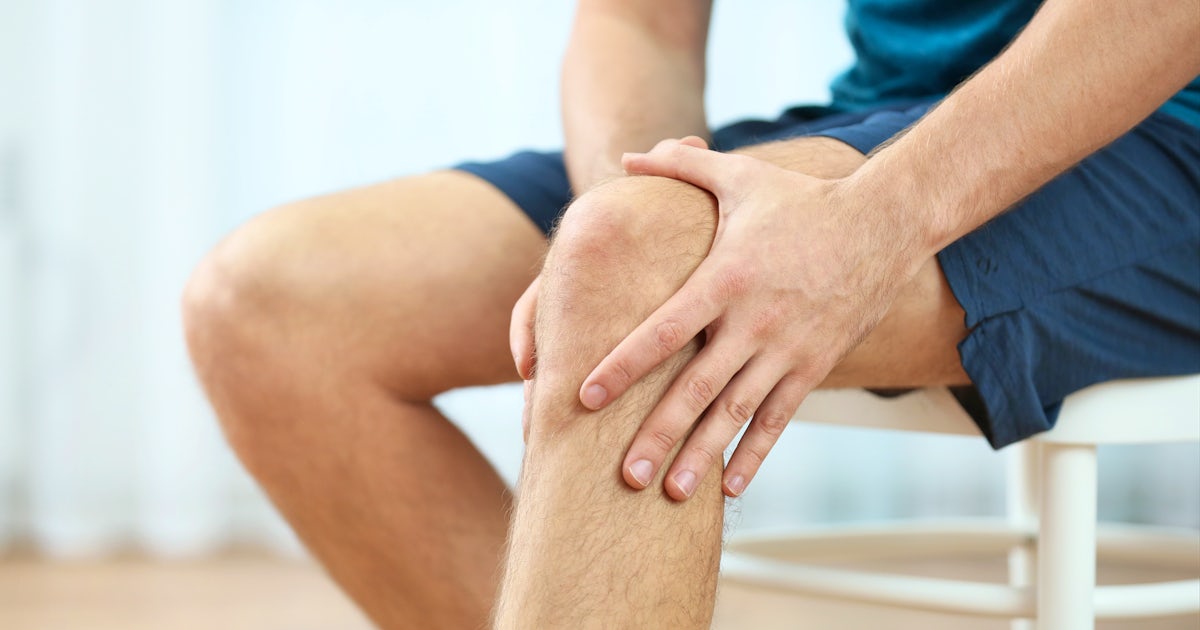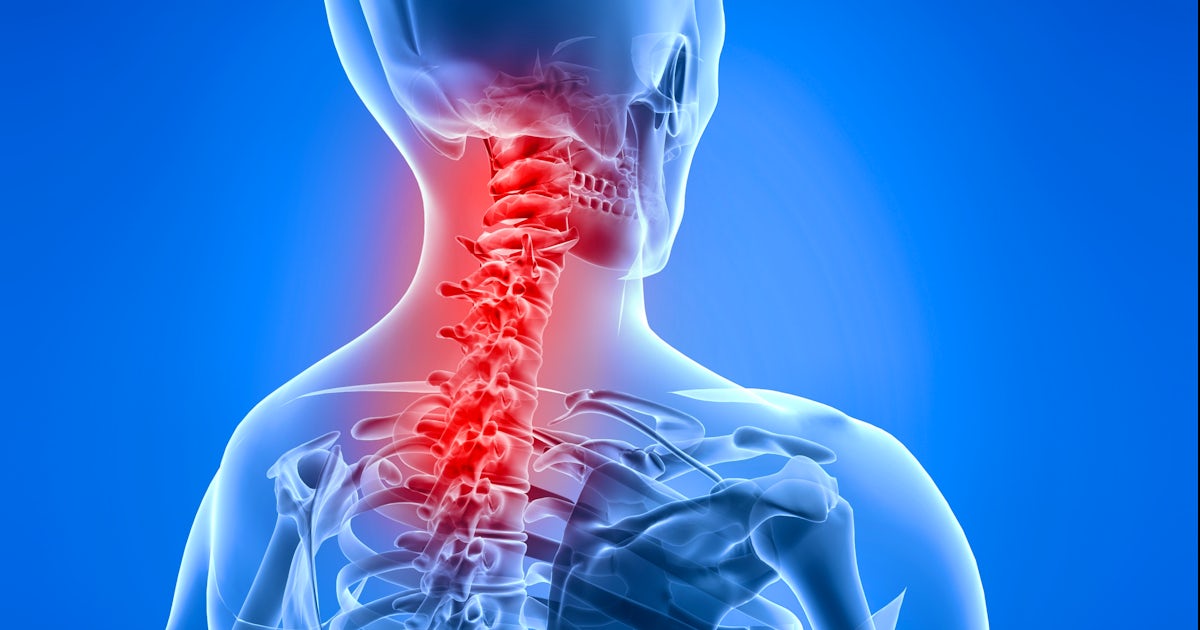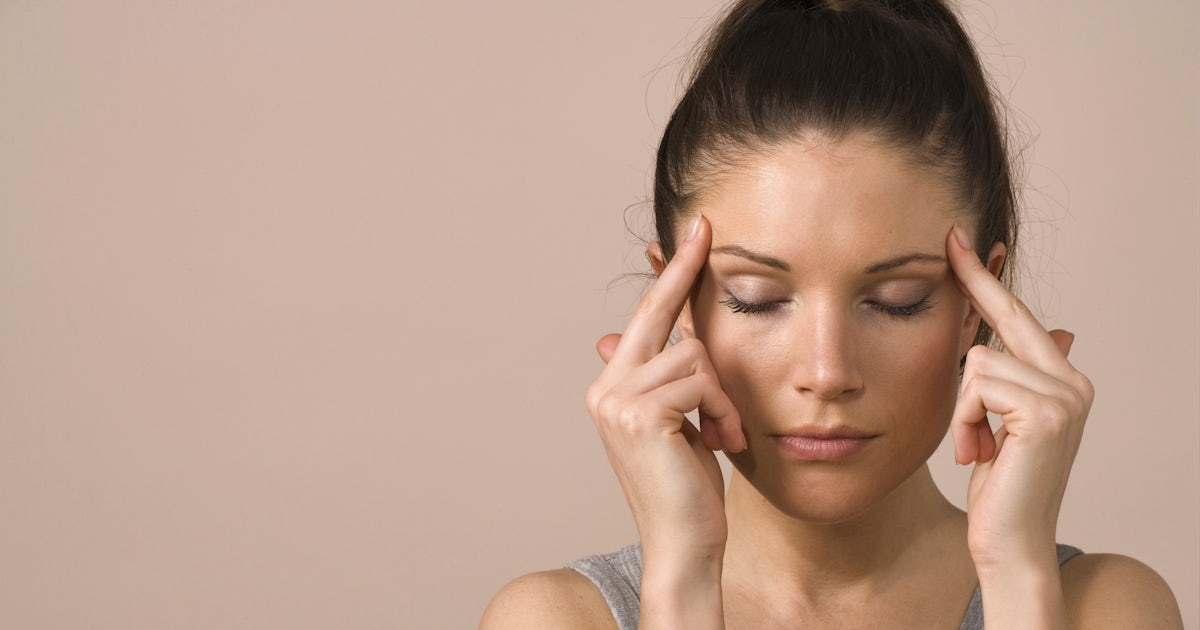Much like your shoulder mobility, your hips are also negatively effected by the effects of sitting at that dreaded desk job 40+ hours a week. When discussing your “hip mobility” I am referring to the ability of the pelvis to adapt in different daily movements, such as walking, running, bending down or squatting. It is vital for our spines that hips move the way they are supposed to avoid excessive flexion of your spine. As many of you may know or have heard, when bending down or squatting down we want to limit flexion of the spine. We have all heard “lift with your legs”, the concept behind this is that it will prevent you from flexing your spine forward. Flexion and rotation under a load is one of the main risk factors for a disc herniation.
What is “hip mobility?” With our sedentary lifestyles our muscles become imbalanced, or inhibited which can hinder the ability of the hips to move the way they need to. Why does this occur? If you are sitting now pay attention to your current posture. You will likely find that you are slumped forward a bit and your lower back is slightly rounded, abs at rest, hips and knees bent. You may even “feel” your lower back. The problem occurs from too much sitting, too often. Overtime, much like learning to ride a bike, your muscles like your hamstrings and hip flexors will begin to assume this shortened position. Your core muscles (deep in the abs) will become inhibited because they are not needed to stabilize your body in a sitting position, and your glute muscles are of no use either. This means that your lower back that you just noticed is slightly flexed is now essentially the sole stabilizer of your upright posture. This is fine because you are stable when sitting, but what about when you go to get up, run, or exercise? This is where many begin to experience problems. Many people with lower back pain find that the pain has come on slowly or perhaps all of the sudden; either way, this pain is likely a result of an underlying issue that has been going on for quite some time and your body is now beginning to recognize.
How do we assess “hip mobility?” This could be as simple as a gait assessment, however, my favorite way to assess an active population is through an over-head squat. The squat is a foundational movement in humans, much like crawling. This will bring out even latent movement issues. When we begin to descend in a squat of utmost importance is to maintain a “neutral spine.” This is the position between flexion and extension where we are bracing our abdomen not allowing the back to round. In someone with the issues described above we may begin to notice the pelvis begin to “curl under” as we descend otherwise known as a “but wink”. At what point we will notice this will depend on a few factors: hamstring (and calf length), lower back tightness, core stability, balance, and of course your anatomy. Not everyone is meant to squat under a weight glutes to heels (all the way down). However, everyone should be able to perform a parallel squat.
Your body is fantastic at achieving your desired movement even if you have to recruit other muscles. If your hamstrings, hips, and lower back are tight the joints in your spine cannot and will not move the way they need to creating “hypomobilities” . With this “hypomobility” of some joints your body will begin to compensate, using other joints and muscles too much leading to extra wear and tear. Perhaps of most importance is the fact that your discs in your spine act as shock absorbers and spacers limiting friction and absorbing impact. Discs have no blood supply (except the outer layer), rather they rely on movement for nutrition. When the joints are hypomobile (stuck) your discs are getting inadequate nutrition which may over time lead to degeneration, or disc herniations. Combine the harmful effects of sitting 8 hours a day with someone who is otherwise active with sports, weight-lifting, or running and they will eventually be injured.
How do you improve it?
•Get up and move hourly from your desk! Even if it is only a brief walk to the water cooler.
•Stretch your hamstrings and calves
•Foam roll your back and hamstrings before and after exercise to “warm up” the muscles.
•Get adjusted! This will relieve the muscle tension establishing normal joint movement which is oh so important.
Keep Moving!.


